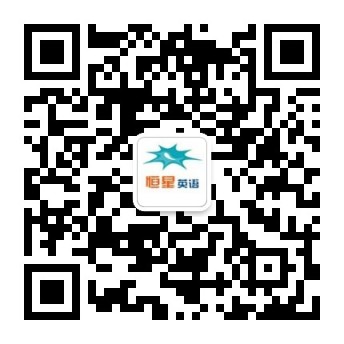科学美国人60秒:Safe Water? Ask the Smartphone
For example, University of Illinois researchers are developing an app and cradle-like device that makes the iPhone a biosensor. The key is the smartphone’s camera and processing power combined with the lenses and filters located in the cradle.
Just put a sample of what you want to study on a slide and insert it into the cradle. The iPhone screen indicates a shift in wavelength when the cradle’s photonic crystal detects toxins, proteins, bacteria, viruses or other biological materials on the slide. The researchers published in the journal Lab on a Chip. [Dustin Gallegos et al., Label-free biodetection using a smartphone]
Imagine using a smartphone to tell if there are toxins in harvested corn and soybeans or pathogens in a water supply. That’s a handy tool that lowers the cost of medical fieldwork. Plus, when you’re done, it’s easy to call in the results.
—Larry Greenemeier




 手机网站
手机网站